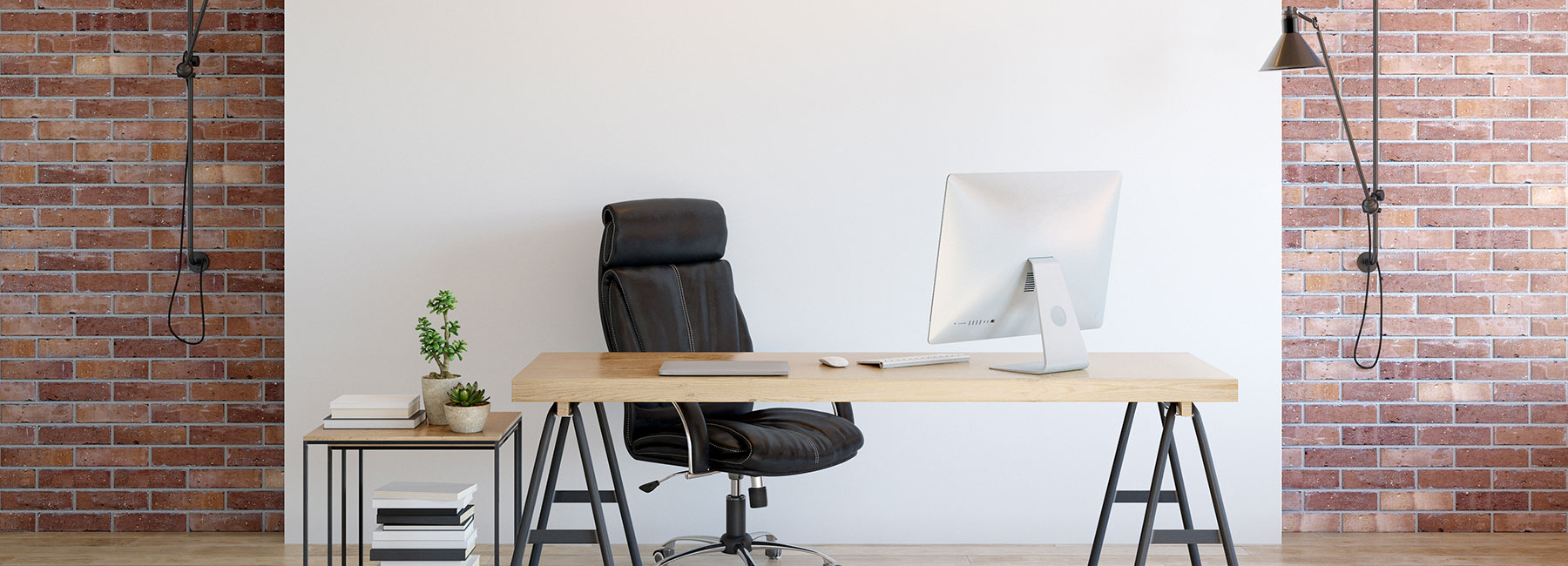Are your meeting rooms, elevators and break rooms ready? Will employees feel safe on your production lines? Are your remote workers as productive as they can be? How can you engage with customers?
These are the hard questions companies are asking as they rethink not just the spaces employees work in, but the experiences they have in them. There will be changes in the physical workspaces and changes in the way we work — the meetings, training, conferences and more.
Change has always been hard, especially cultural change. A previous DXC survey showed that 65 percent of respondents believe employee reluctance to change work habits is a barrier to technology-enabled organisational change. But the rapid shift to remote work is flipping even this notion on its head.
Many workers now have a taste for working from home and the flexibility it can bring, not just to them, but also to the business. Employees have discovered a new appetite for change and experimentation in their workstyles and tools. Embracing these new perspectives and finding innovative ways to reinvent the work experience will help you better prepare for success.
Create the look and feel of a new workplace
As employees head back to offices or factories and venture into collective spaces, it will take the creative use of new technologies, policies and practices to keep them safe.
Employee smartphones, for example, can unlock new ways to interact with the workplace. At the office, these devices can replace entrance badges and use presence sensors and GPS to detect when employees come and go. A proximity sensor that makes use of an infrared LED and infrared light detector can verify how close the phone is to other objects or people, which can help maintain appropriate spacing.
Smartphones can now provide a touchless method to initialise requests for work spaces and activate conference facilities. Smart assistants and devices such as Alexa will help control lights and computers, as well as initiate meetings, share documents and release facilities as employees exit the room.
Smartphones can also provide businesses with critical new information about the health and proximity of employees, but will invariably raise questions about privacy, as they should. When companies lay out strategies for the new-normal workplace and leverage new solutions, the privacy and security of personal data will need to be carefully considered. What kind of data is being collected? How can and can’t it be used? Who can see it and how will it be secured?
With thousands of employees worldwide, DXC Technology is working to support employees’ return to the workplace by providing innovative solutions such as virtual badges to enable hands-free entry and access, applications and IoT technologies to support social distancing, facility sanitation and contact tracing.
Office spaces and factory floors will likely look different, too. With office space reconfigured to provide for social distancing, employees may no longer work inches apart. Hoteling, a reservation-based type of office management where workers schedule use of workspaces, may gain ground as office presence becomes optional for more employees.
Rethink collaboration with virtualisation
Companies aren’t just rethinking workspaces — they’re completely rethinking work experiences. Virtualising all of these in some meaningful way will mainstream technologies that teams have flirted with in a business setting but have yet to widely adopt.
Newer, more engaging technologies such as augmented and virtual reality have matured in the gaming space and will rapidly enter the workplace. We’re also seeing an expansion of the wearable device technology that helped customers safely connect a field engineer to a remote expert for guidance.
Consider the typical conference networking experience: You interact with colleagues and friends, turning from one to another to chat. In conference rooms, you exchange ideas and collaborate with the group in an organised, facilitated way.
Experiences like these can be readily replicated in a virtual 3D environment, giving attendees the kind of personalised experience they might expect in a face-to-face setting. Let’s be clear — we’re not suggesting that conferences and meetings will go away. They won’t. But what if, freed from geographic constraints, we had the ability to virtually attend more events and interact with people in a satisfying way? In the short term, technologies like these will help us get by. In the longer term, they can help us grow and prosper.
DXC extends virtual collaboration tool to 60,000+ employees
With operations in 70 countries, DXC needed to unify employee collaboration and change the culture to create a more agile, real-time working environment. In one of the world’s largest implementations of Microsoft Teams to more than 60,000 employees, the cloud-based service provides tighter security, smooth data integration and improved knowledge management. Employees are working more efficiently and driving business results.
Make remote working work
Giving employees choice and personalised experiences can facilitate different ways of working for those who may not be ready to return to the office environment. Allowing flexibility has advantages, but maintaining productivity and employee engagement will be critical.
Companies are catching on. Global Workplace Analytics estimated that while only about 3.6 percent of the workforce worked at home half-time or more before COVID-19, 25 percent to 30 percent will be working from home multiple days a week by the end of 2021, according to Kate Lister, president of Global Workplace Analytics.
For years companies have worried about whether remote work would negatively impact productivity. But recently, they’ve learned that when done properly, remote work works.
For example, contact centre workers — once housed in large cubicle-filled spaces with employers who felt this was the most productive environment — have proved they can perform just as effectively from a properly equipped home office. While this work environment may be new for some, there are many ways to both engage and inspire remote workers to perform at their peak.
Sometimes it means rediscovering and adapting technology that isn’t new, like remote desktop access or videoconferencing. Microsoft Teams, for example, is a prime collaboration tool that could be expanded. In their new roles, these technologies can be used in many reimagined ways.
But there still will be challenges that, if not addressed, can lead to low productivity, disrupted projects, missed deadlines and more. Enacting the right policies and encouraging best practices can increase your chances for successfully reconfiguring a new collaborative workspace. Build camaraderie where you can, foster trust among colleagues and invest in high-quality gear such as better headsets.
Reliable connectivity is equally important. Rethink essential elements such as network infrastructure to better support more work shifting outside the enterprise. The need for bandwidth serving external customers and partners is also critical.
Things may never be as they were before. But when called on, people can and do change. We’re doing that now as we abandon old habits and develop new skills. Processes that have been interrupted and broken can be repaired and reengineered. Technologies old and new can be adapted to help us create satisfying experiences, broaden our reach and expand our knowledge. Embracing change can lead us to resilience and success.
How DXC can help
DXC Technology, a market leader in advanced digital workplace services, helps enterprises ensure business continuity and implement new ways of working, connecting and collaborating.
We support safe and secure return-to-workplace programs, improved operational awareness and regulatory compliance, and a range of hands-free technology, applications and internet-of-things (IoT) services to encourage safety and health.
Learn more about DXC Modern Workplace and our touchless options. Contact us to continue the conversation.

